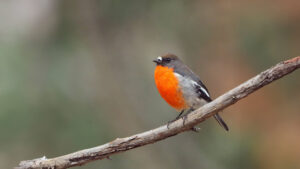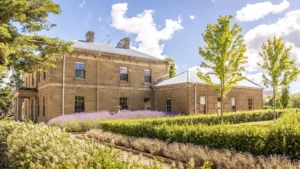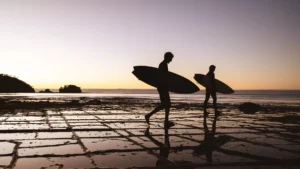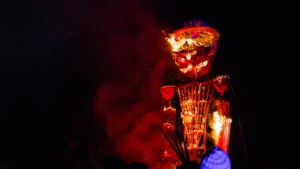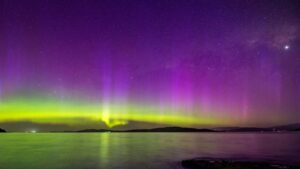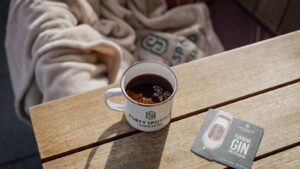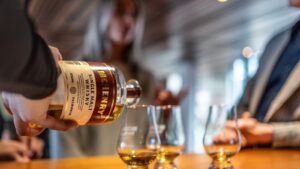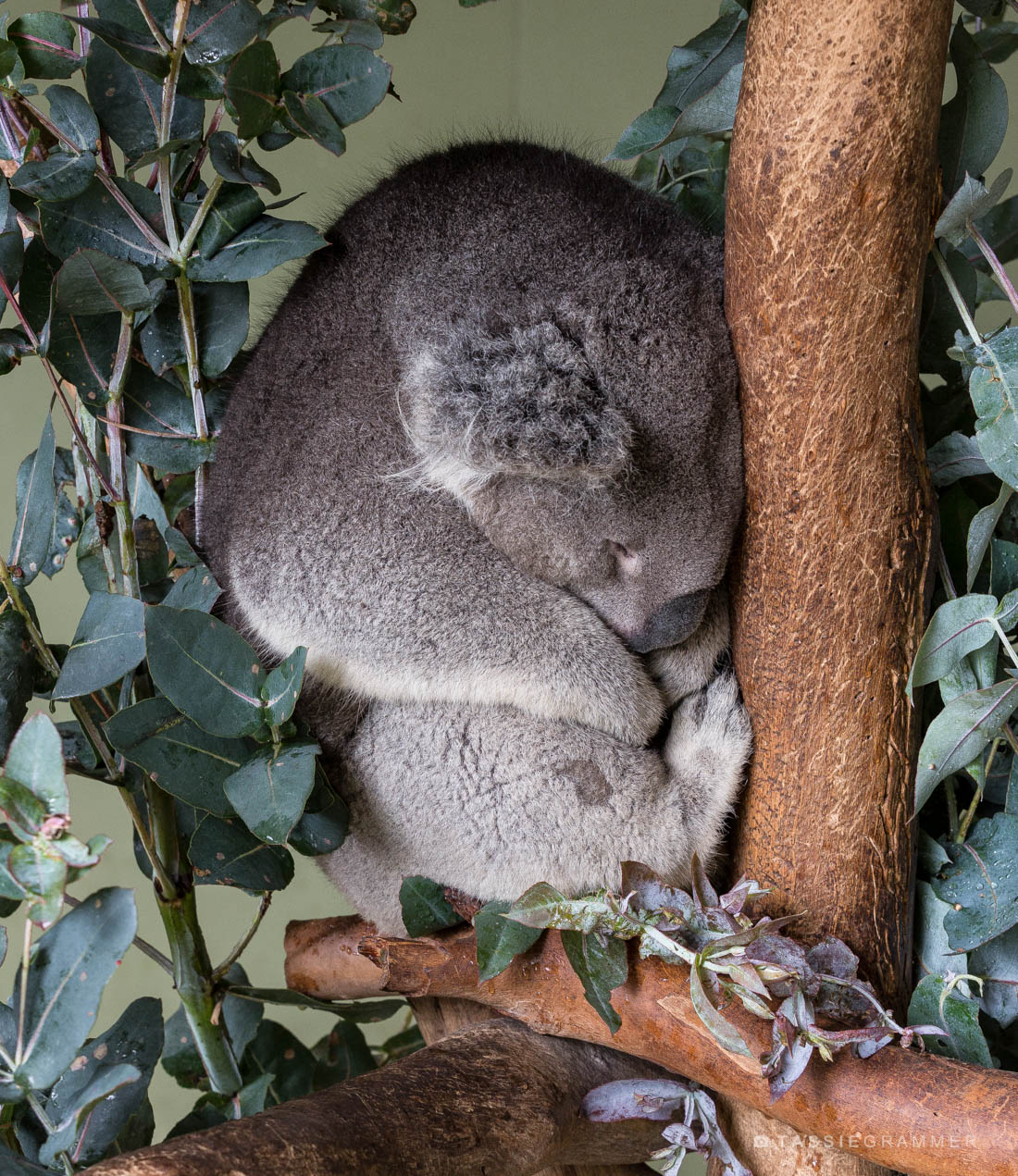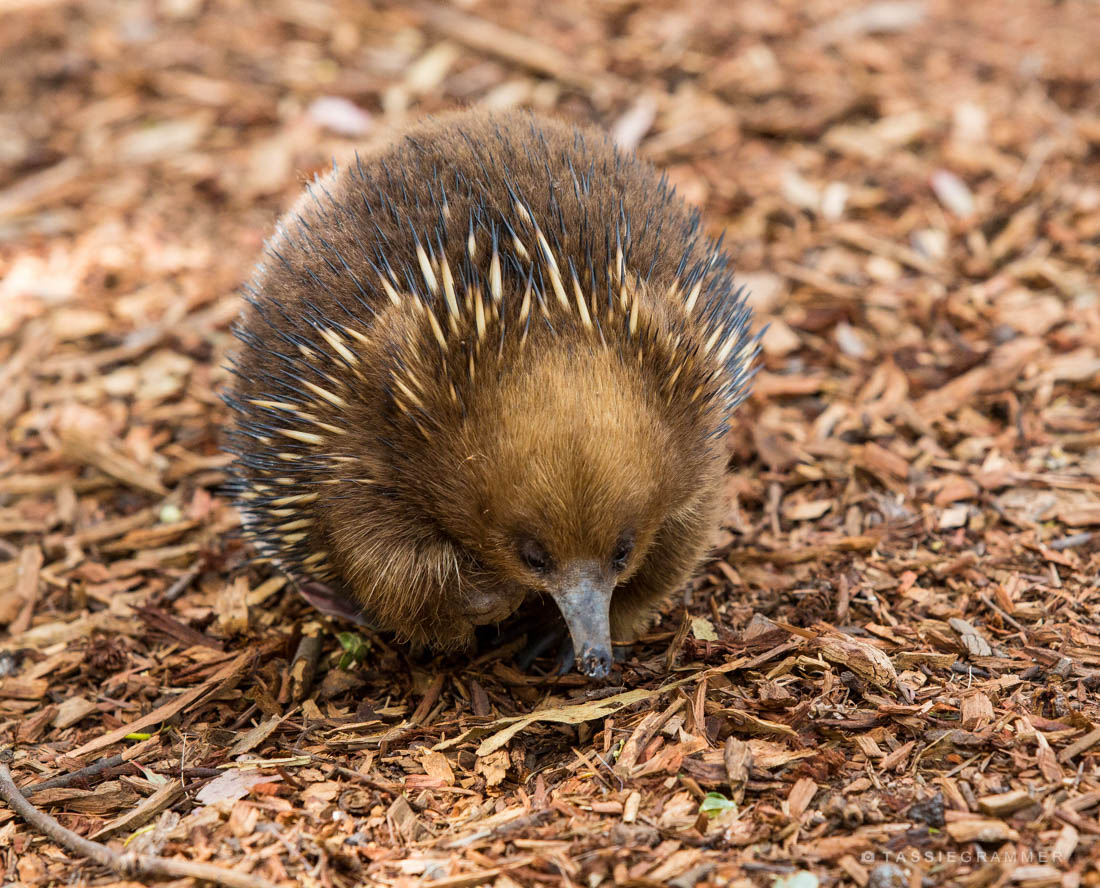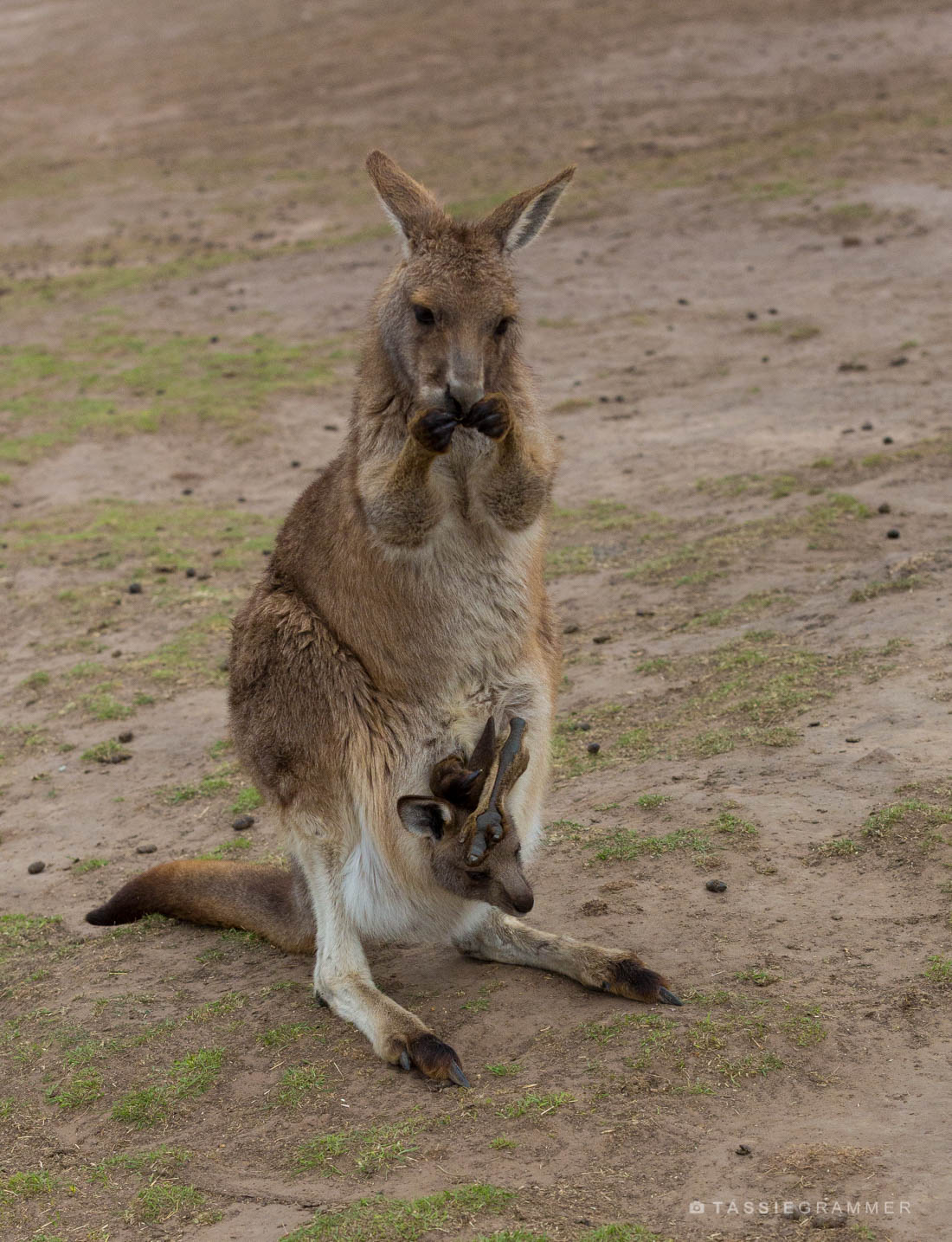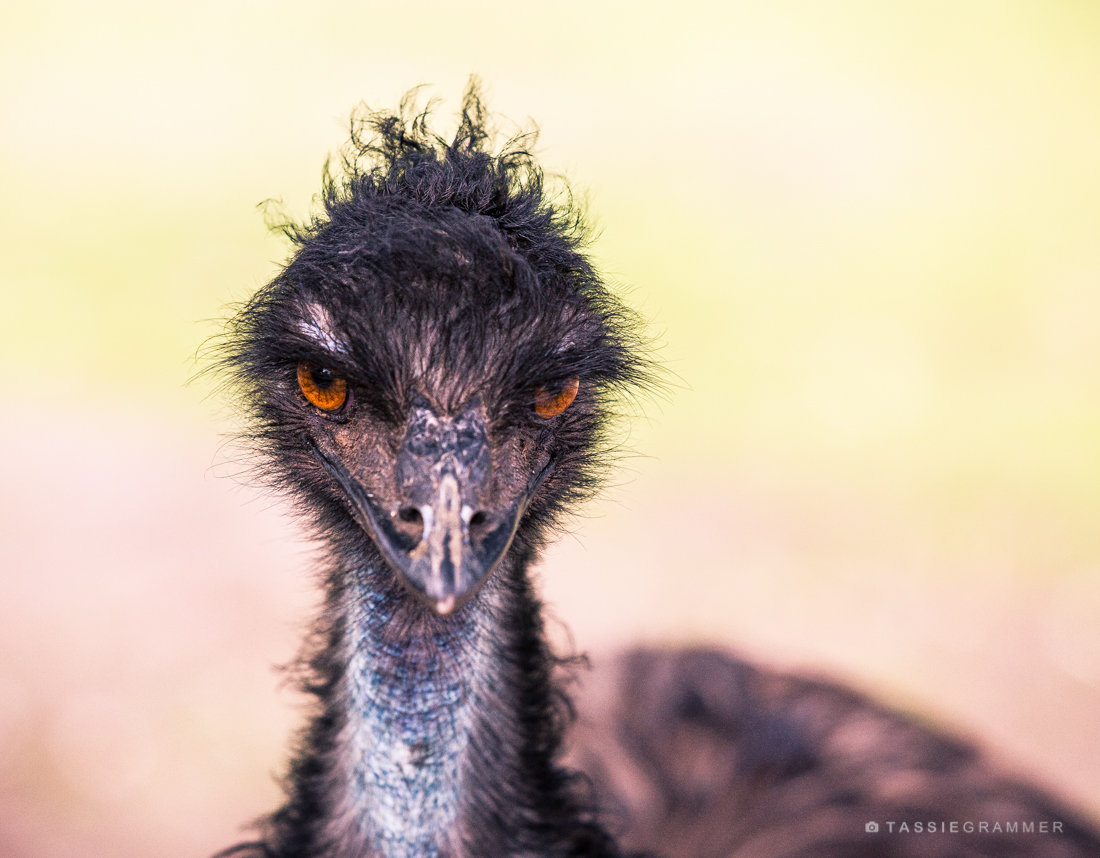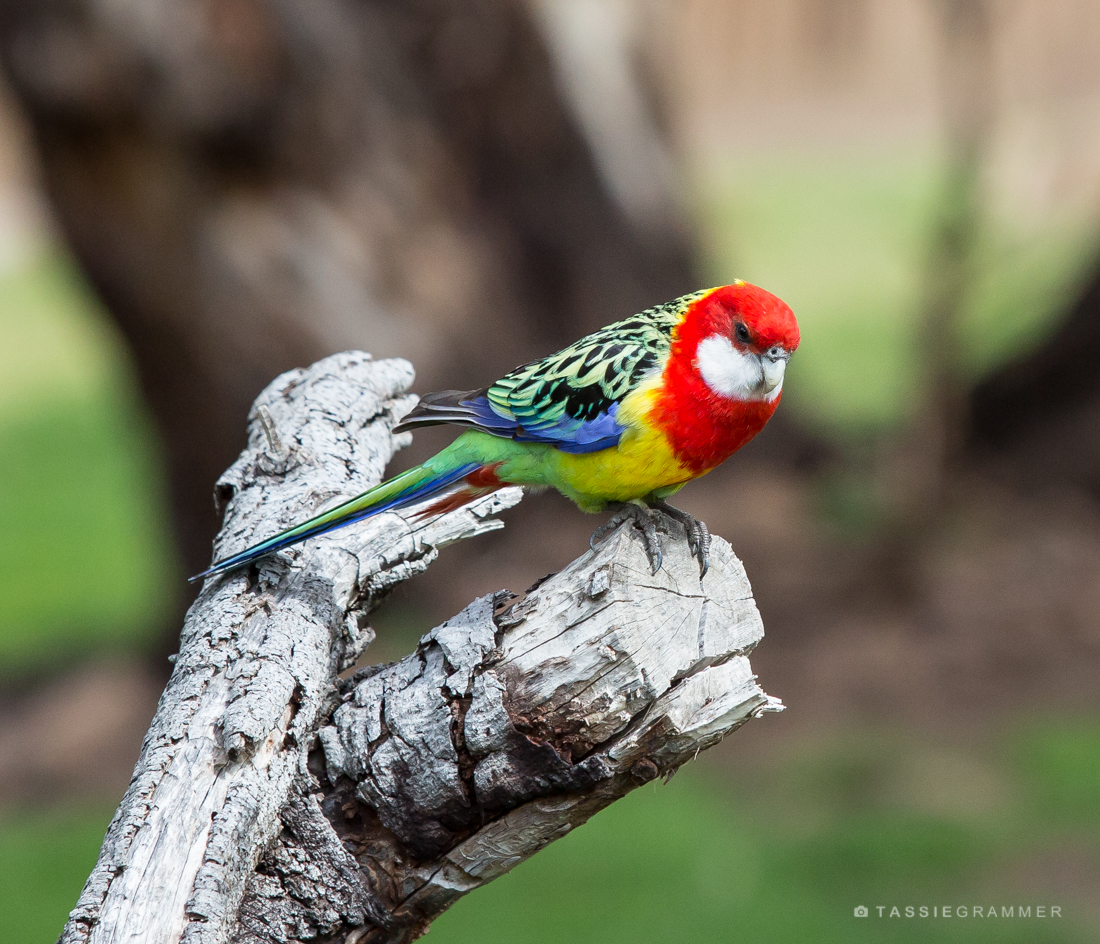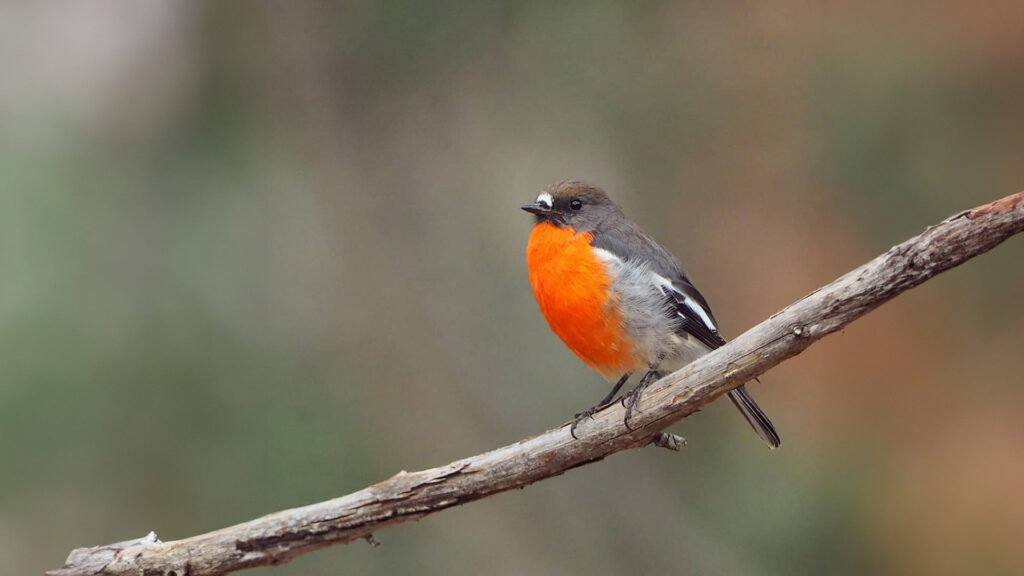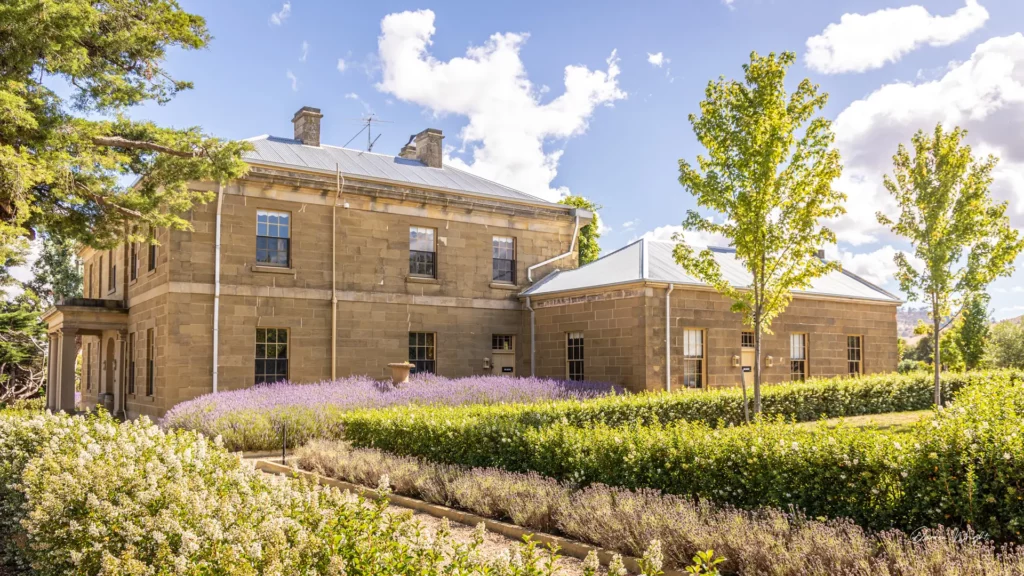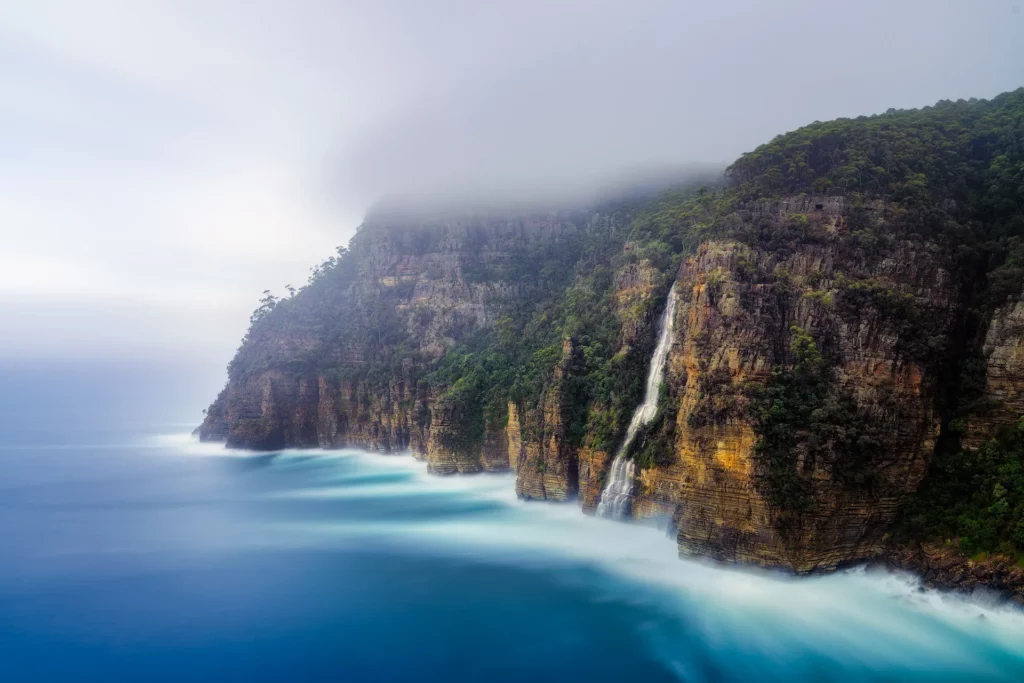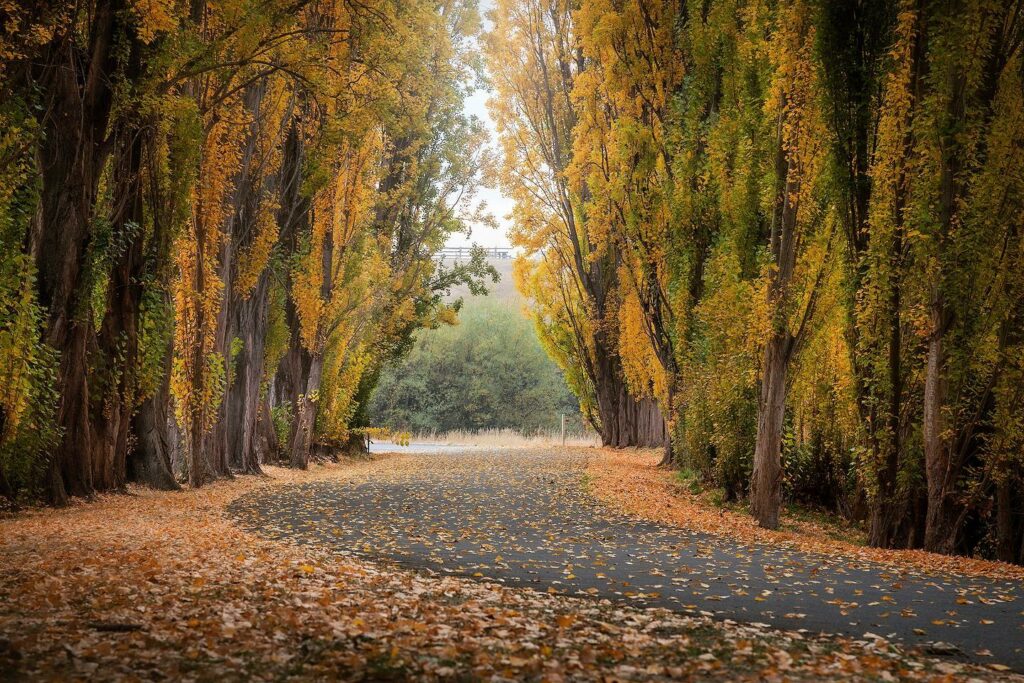Late last year I was sent on a mission by Hobart & Beyond to visit Bonorong Wildlife Sanctuary and photograph some of the animals currently under care in this fantastic place. I said I was up for a challenge outside of my normal comfort zone and felt it was about time I photographed some moving subjects rather that the regular still landscapes I generally publish on my @tassiegrammer Instagram account. What many people don’t know about Bonorong is that they don’t just have the public attraction in the wildlife park, but they also operate a network of carers throughout Tasmania who are on call 24 hours a day to offer assistance to sick and injured wildlife.
I learnt this firsthand myself as a group of us were on a road trip on the West Coast of Tasmania for RACT and Tourism Tasmania and were in need of a wildlife carer to assist us with an injured wallaby joey whose mother had been hit and sadly killed by a car outside of Zeehan. One of the incredibly passionate members of our group cared for the joey overnight in her accommodation while we sought a carer within the local region to help us. We were able to locate a carer through the 24 hour wildlife rescue support helpline and dropped the joey off to be cared for the next morning Queenstown. If it wasn’t for the assistance offered by Bonorong on this occasion there would have been no chance of survival for the little baby wallaby.
The wildlife rescue service that is provided to the general public is 100% funded by the entry fees to the Bonorong Wildlife Park. Many of the animals within the park are those that have been rescued and placed under full time care for their ongoing health and wellbeing, and also for the eventual release of those that are deemed healthy and fit enough to return to the wild. The education programs offered to school children and those of us who would call ourselves “bigger children” help to provide ongoing knowledge and awareness of the struggles many of the animals go through to survive.
Getting up close and personal to many of the animals is a fantastic experience no matter how young or old you may be. Here are 8 images I captured on this recent visit which I hope will encourage you to visit and support the wonderful work Bonorong does sometime in the very near future.
1. Jazz the Wombat – How cute is that face? There is something truly special about wombats. This little one made my heart melt when I saw it. When the lovely carer asked if we would like to photograph it, there was no chance of saying no.
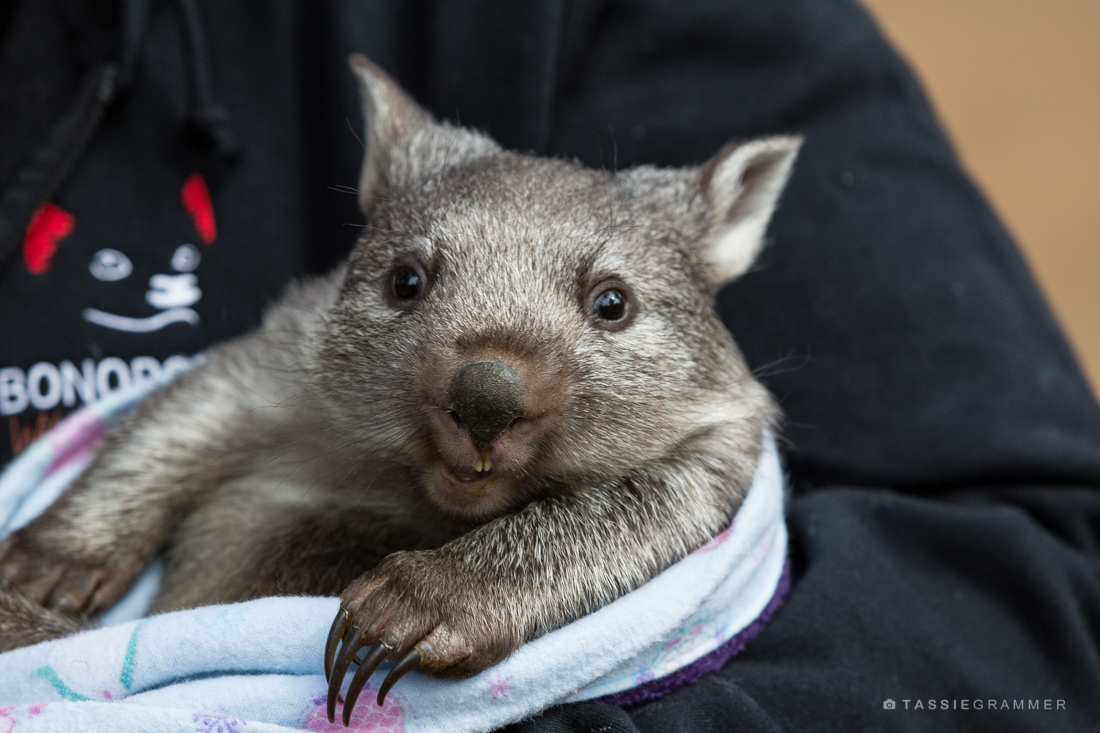
2. Fidget the Albino Brushtail Possum – Fidget is a very rare animal. As an albino possum chances of survival in the wild are very slim. If you do a personalised tour with Bonorong you will be able to get up close and possibly even feed this beautiful animal.

3. Just how much can a koala bare? – Koalas are well known for making people’s hearts melt. Sadly for the local population ongoing logging and clearing of land has seen populations dwindle as their natural eco system vanishes. Did you know that the koala is very closely related genetically to the wombat? They also like to sleep a lot.
4. Randall the Echidna – This little fella has a very special story. Bonorong rescued this little echidna after he was unfortunately attacked by a dog. Despite all odds, Randall made a full recovery after having an operation to remove his front right leg. After many months of rehabilitation he was able to walk again without causing any more harm to himself in the process. Now if you go and see Randall you will notice that he never stops moving! Nothing holds him back after the care Bonorong has given him.
5. Two headed kangaroo – I am still scratching my head wondering how on earth that little joey got itself into that position. It is definitely going to grow up to be a yoga master.
6. An emu having a bad hair day – “Hey you there – do you have any hair gel?”. The emus that are being cared for are so curious about what you are doing. I am sure that they would have a great attempt at operating your camera for you if you let it.
7. Yellow Bellied Parrot – The abundance of wild birdlife around the park is something that I notice every time I visit. On this visit there were a pair of Eastern Rosella flying around who were just asking to be photographed. Normally these birds do not sit still for longer than about two seconds. This one happily posed while plenty of pics were taken.
8. Noisy Miner – I am fairly sure this is the species name of this bird. As I was walking around the park it seemed to want to follow and watch me just as much as I was watching it. If this is not the name of the species, please let me know.
For more information about Bonorong Wildlife Park please visit http://bonorong.com.au. If you are in need of their animal rescue service please call the 24 hour support line on 0447 264 625. Public donations can be made help continue the amazing work Bonorong do with more information available here – http://bonorong.com.au/donate/

